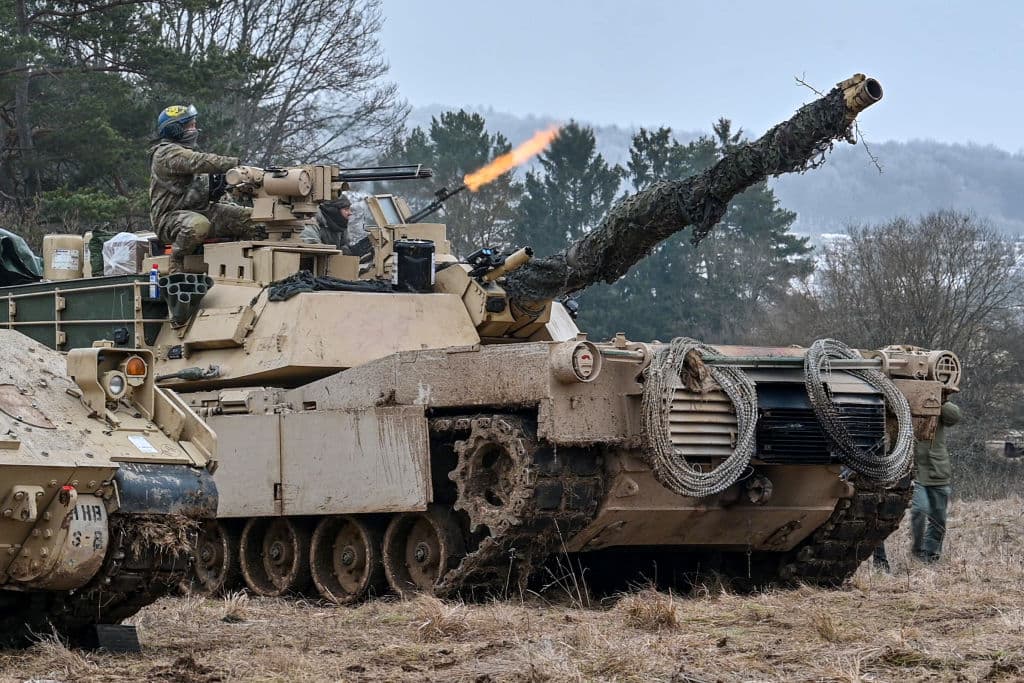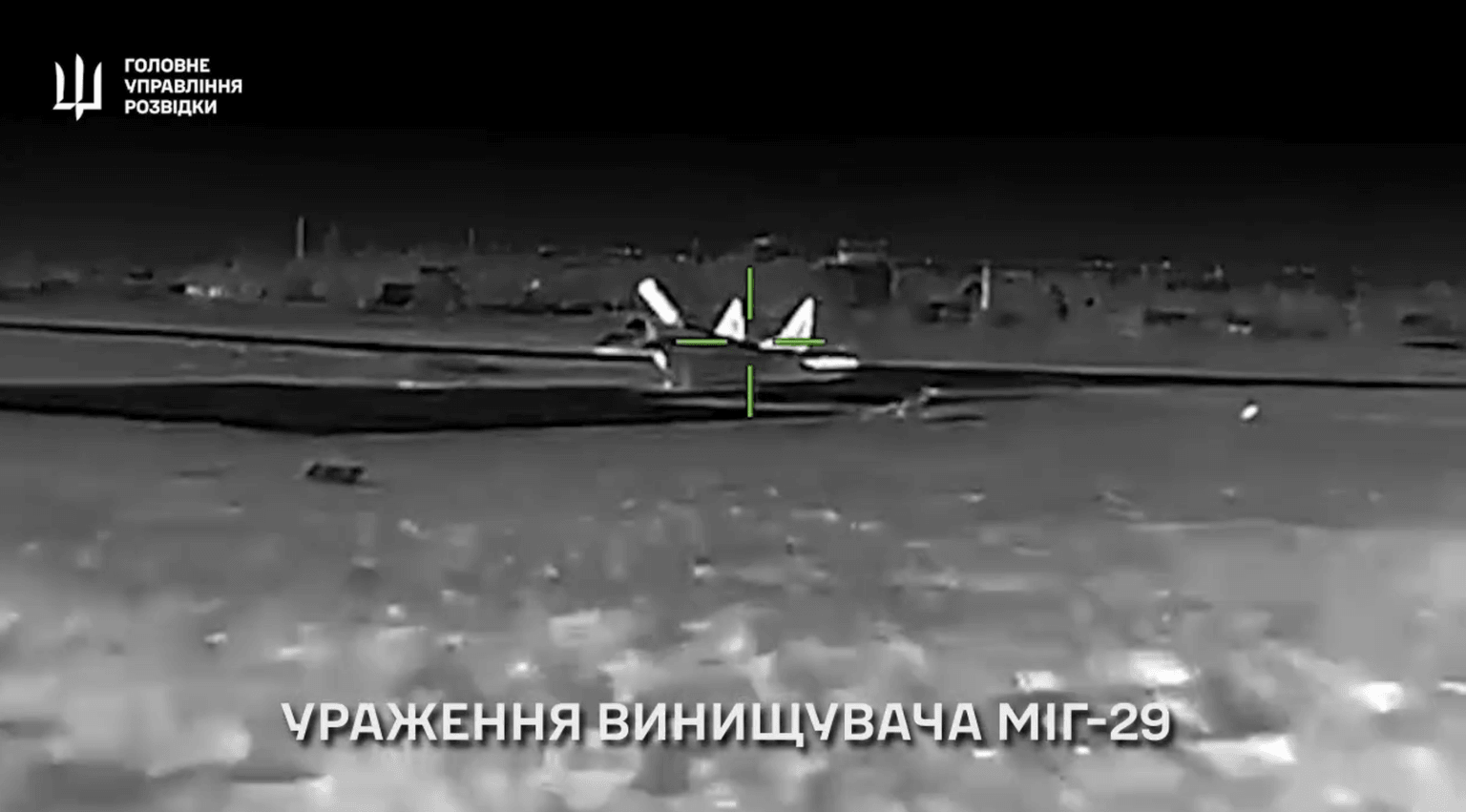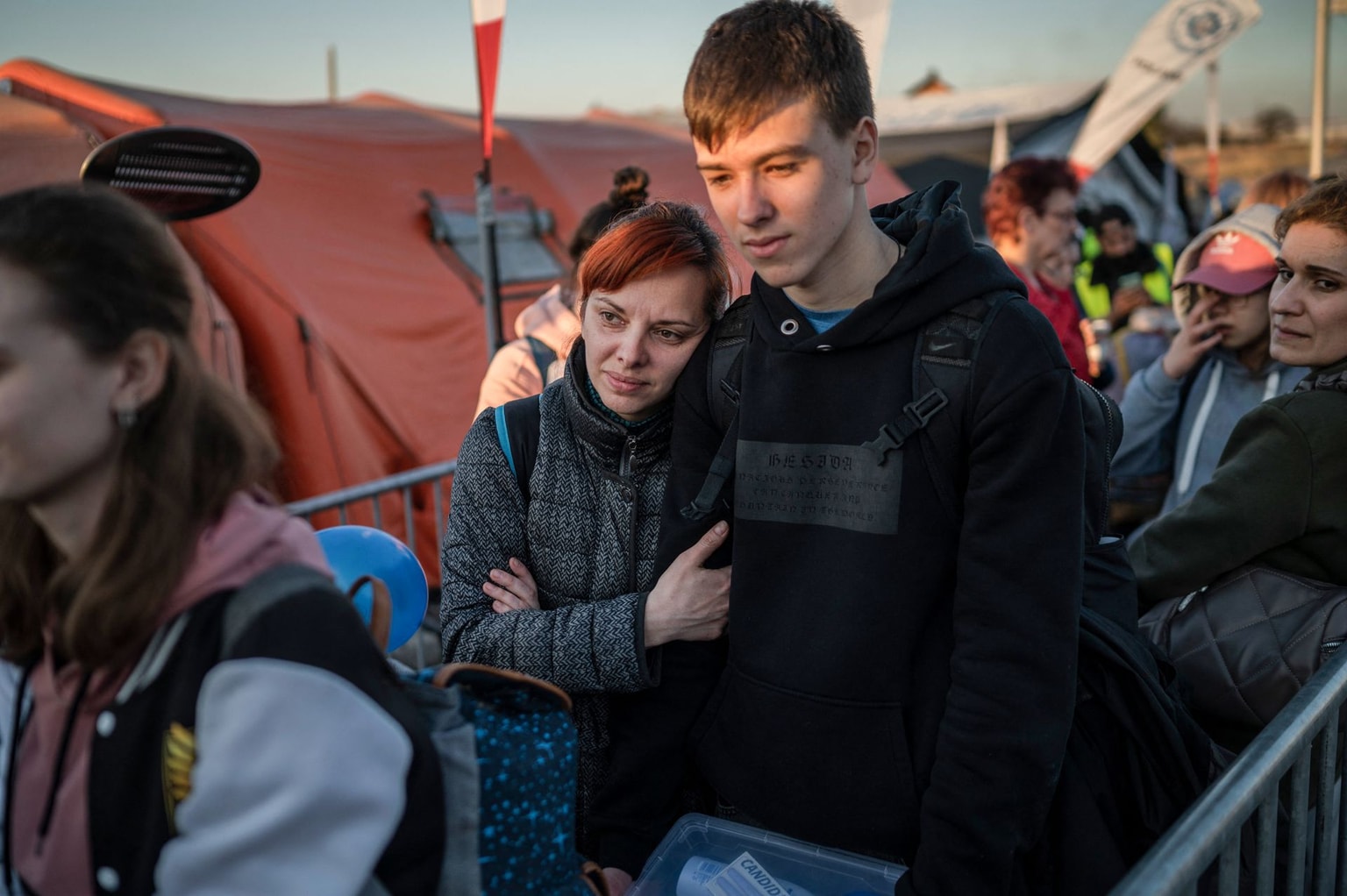U.S.-produced Abrams tanks “will take many months before they can get on the ground” in Ukraine, John Kirby, a White House national security spokesperson, told CNN on Jan. 27.
Kirby said the U.S. is “not going to waste time” in providing training and strengthening supply chains to ensure that Ukrainian soldiers are best prepared by the time Abrams tanks arrive in Ukraine.
“I don't want to get too specific, because we're still working the plans out, but it'll be many months,” Kirby said.
U.S. President Joe Biden announced the decision to send 31 M1 Abrams tanks to Ukraine on Jan. 25.
The same day, Germany confirmed it would send 14 Leopard 2 tanks to Ukraine and authorize other countries to send their own Germany-produced Leopard 2 tanks. Several countries, including Poland and Canada, announced they would also deliver Leopard 2 tanks to Ukraine after that.
German Defense Minister Boris Pistorius said that Leopard 2 tanks would arrive in Ukraine in late March or early April.
Compared with Soviet tanks, which Ukraine and Russia currently use on the battlefield, the mobility and firepower of Western equipment could help Ukraine launch more counteroffensive operations.










